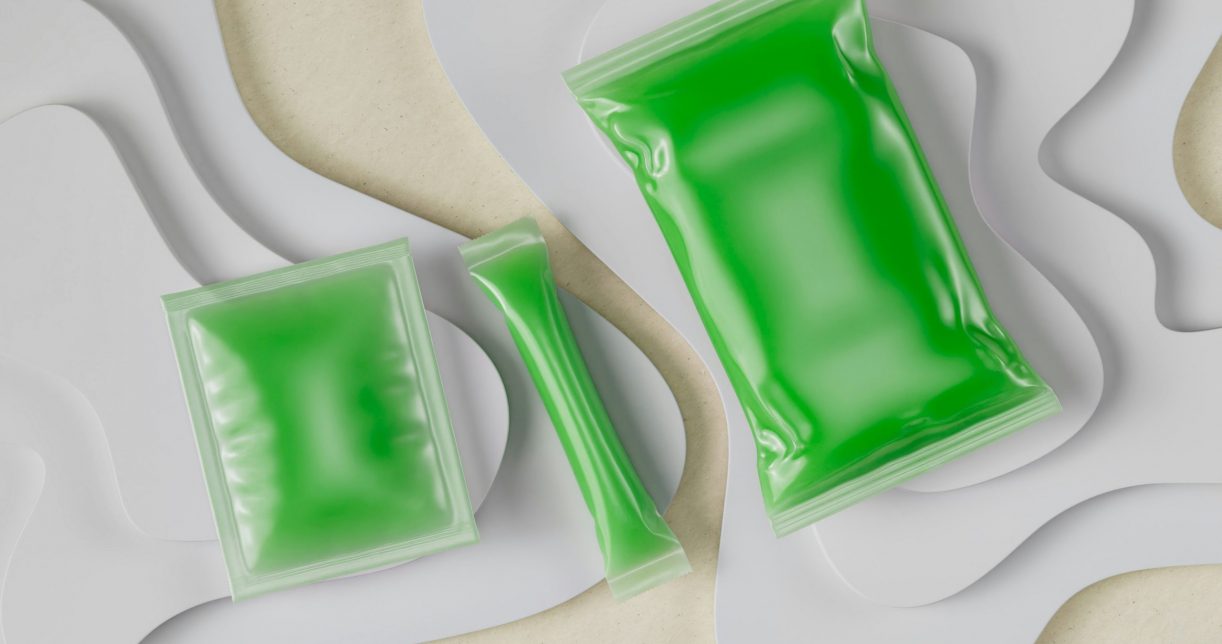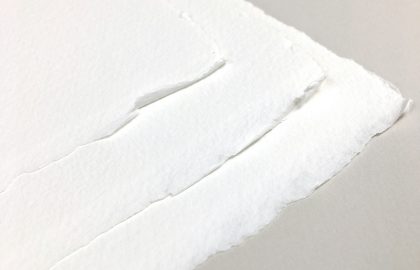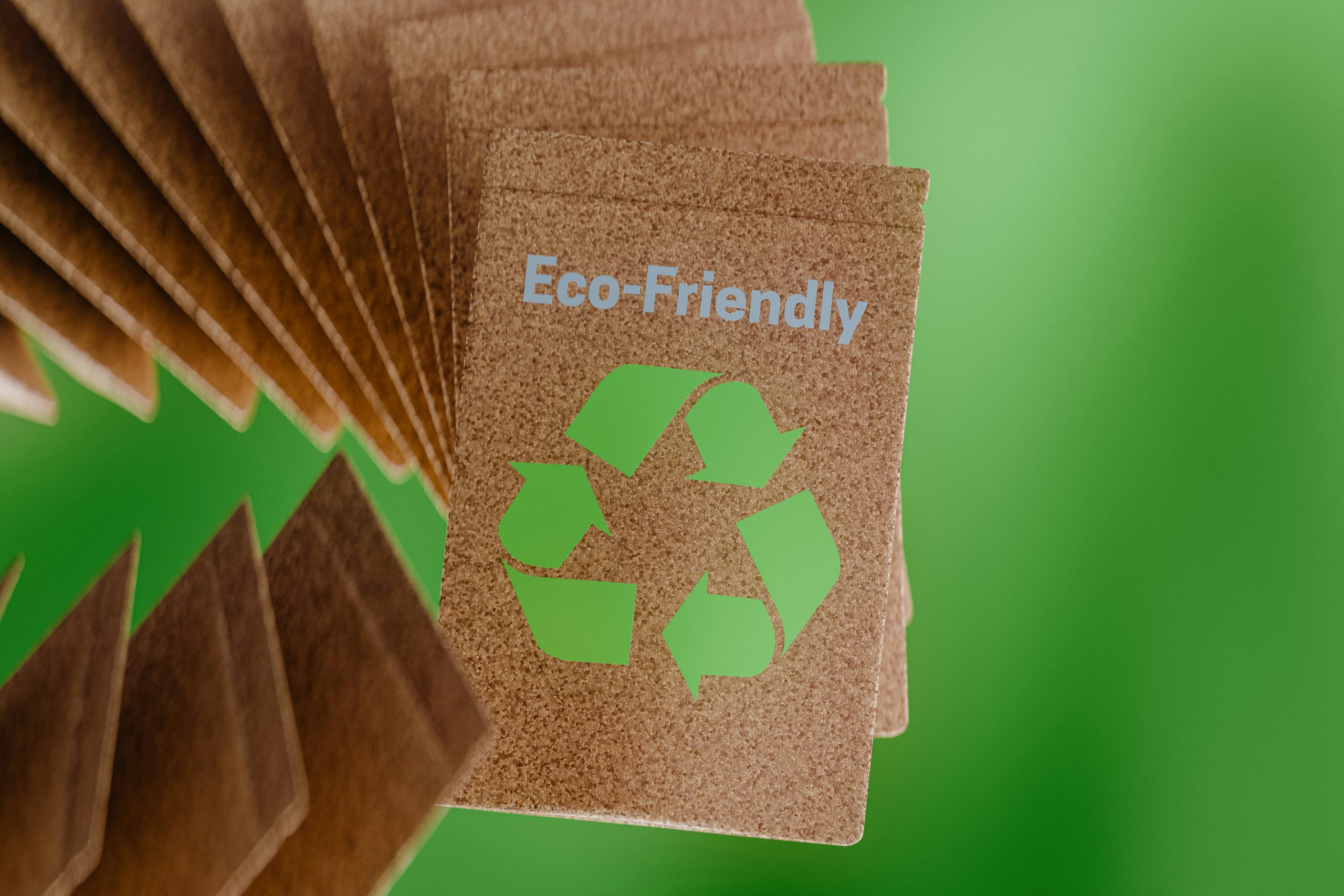
Protective Clothing Lamination with Hot Melt Adhesives
Hot melt adhesives are widely utilized in the production of essential consumer and industrial products, including protective clothing, feminine sanitary pads, liners, and diapers. These adhesives provide strong, durable, and flexible bonds, ensuring product quality and performance while meeting safety and regulatory standards such as FDA compliance.
This blog highlights how hot melt adhesive production companies contribute to these industries, exploring applications, benefits, and their impact on product innovation.

Hot melt adhesives have become indispensable in the production of protective clothing, feminine hygiene products, and diapers. Their strength, flexibility, and skin-safe formulations make them the ideal choice for bonding, lamination, and sealing applications.
As innovation in adhesive technology continues, hot melt adhesive production companies will play a critical role in driving advancements that enhance product performance, safety, and sustainability. Whether for protective garments, sanitary pads, or diapers, these adhesives ensure high-quality, reliable solutions for everyday needs.
Protective clothing, such as medical gowns, hazmat suits, and firefighter gear, requires robust lamination to ensure durability, waterproofing, and comfort. Hot melt adhesives are critical in bonding multiple layers of fabric, membranes, and films without compromising flexibility or protection.
Applications in Protective Clothing
- Medical Protective Gear:
- Laminating breathable membranes with nonwoven fabrics for surgical gowns and masks.
- Ensures waterproof yet breathable layers for user comfort.
- Industrial and Hazmat Suits:
- Bonds layers of impermeable materials for chemical and biohazard protection.
- Provides resistance to harsh environmental conditions.
- Fire-Resistant Clothing:
- Secures heat-resistant fabrics for firefighting gear.
- Maintains integrity under high temperatures.
Benefits of Hot Melt Adhesives in Protective Clothing
- Strong Lamination: Ensures long-lasting bonds between different materials.
- Lightweight and Flexible: Enhances wearer comfort during prolonged use.
- Resistance to Moisture and Chemicals: Provides additional safety in hazardous environments.
- Efficient Production: Fast setting times allow high-speed lamination processes.
Hot Melt Adhesives in Feminine Sanitary Pads and Liners
How Hot Melt Adhesives Are Used
In feminine hygiene products like sanitary pads and panty liners, hot melt adhesives are used to bond layers of materials, secure positioning, and maintain product integrity during use.
Key Applications
- Layer Bonding:
- Adheres absorbent cores to the backing sheet and top layers.
- Maintains structure during movement and absorption.
- Positioning (Garment Attachment):
- Creates a secure, removable bond between the pad or liner and undergarments.
- Ensures reliable adhesion without leaving residue.
- Edge Sealing:
- Seals edges to prevent leakage and improve overall durability.
Advantages of Hot Melt Adhesives for Feminine Hygiene Products
- Skin-Friendly: Non-toxic and hypoallergenic formulations suitable for sensitive skin.
- Soft and Flexible: Maintains user comfort and product discretion.
- Strong but Repositionable Bonds: Allows easy removal without damage or discomfort.
- FDA-Approved Options: Meets stringent safety standards for hygiene applications.
Hot Melt Adhesives in Diaper Construction (Transparent Adhesives)
The Importance of Hot Melt Adhesives in Diapers
Modern diaper designs rely heavily on transparent hot melt adhesives for secure, lightweight, and discreet construction. These adhesives bond multiple layers, ensuring functionality, comfort, and aesthetic appeal.
Key Applications in Diaper Manufacturing
- Core Bonding:
- Secures the absorbent core to the backing and top sheet.
- Prevents shifting or deformation during use.
- Elastic Attachment:
- Bonds elastic materials for leg cuffs and waistbands, ensuring a snug fit.
- Seam Sealing:
- Seals edges to prevent leaks and maintain structural integrity.
- Garment Attachment (Positioning):
- Applies adhesive strips that attach the diaper securely to undergarments.
Benefits of Transparent Hot Melt Adhesives
- Invisible Bonds: Enhances product aesthetics with a clean, discreet appearance.
- Elastic and Durable: Accommodates movement and stretching without breaking.
- Moisture-Resistant: Maintains performance even in high-moisture environments.
- Eco-Friendly Options: Low VOC emissions and recyclable formulations.
For products in the hygiene and medical sectors, FDA approval ensures safety and compliance with regulatory standards. Hot melt adhesives used in these applications are formulated to:
- Be Non-Toxic and Hypoallergenic: Safe for skin contact, even for sensitive users.
- Avoid Harmful Chemicals: Free from phthalates, solvents, and other harmful substances.
- Meet Food-Grade Standards (if applicable): Suitable for indirect contact with consumables.
Best Practices for Implementing Hot Melt Adhesives in These Applications
- Material Compatibility: Select adhesives tailored to the materials being bonded, such as nonwovens, films, or elastics.
- Precision Application: Use advanced dispensing equipment for accurate adhesive placement and uniform bonding.
- Temperature Control: Maintain optimal adhesive temperature during application to ensure consistent performance.
- Quality Testing: Regularly test adhesive bonds for strength, flexibility, and durability to meet product standards.
- Sustainability: Development of biodegradable and recyclable adhesives to reduce environmental impact.
- Improved Comfort: Formulations that enhance softness, flexibility, and breathability.
- Advanced Bonding: Adhesives with higher bonding strength to accommodate innovative designs.
- Smart Adhesives: Integration with sensors in diapers and protective clothing for health monitoring.

